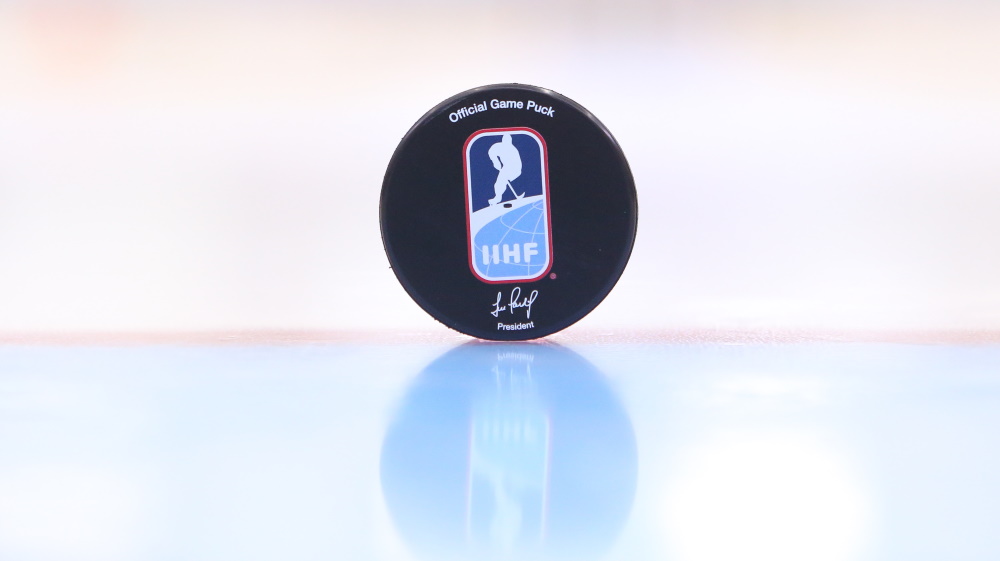It started off as the Pan-Am Tournament in 2014, a five-team event played at the Ice Dome in Mexico City with teams also from Canada, Columbia, Argentina, and Brazil. After four years, it stopped, but in 2018 Juan Carlos Otero revived the idea, moved it to Florida, and has been growing the event ever since.
This year, the Amerigol LATAM Cup features some 66 teams from 17 nations and about 1,450 players from non-traditional countries, including teams from Greece, Puerto Rico, Columbia, Pakistan, Chile, Venezuela, Costa Rica, Israel, Lebanon, Brazil, and the Caribbean. There are men’s teams and women’s teams, senior teams and teams made up of U16, U14, and U12 players. And, for the first time, there is a First Nations women’s team made up of Canadians and Americans of Indigenous heritage.
This year, Pakistan’s men won gold in the top division in just their second year of participation, while its women’s team finished third in their debut. The stunning results made headlines on news channels in Pakistan, a country known for cricket, not ice hockey.
As the website says, the Amerigol LATAM Cup is “designed to break barriers and unite non-traditional hockey markets…This groundbreaking event transcends geographical boundaries, bringing together teams from regions where ice hockey is emerging as a cultural phenomenon.”
“There are a lot of organizations and non-traditional hockey markets looking for an opportunity to play on an international stage, and this provides an opportunity for that,” Otero explained. “This isn’t a tournament for teams from the U.S., Canada, Russia, or Sweden. We truly believe hockey is for everyone, and our doors are open to any non-traditional market.”
All games are played at IceDen and Palm Beach Skate Zone in Wellington, Florida, and the event is supported by the NHL, NHLPA, and Florida Panthers. The long-term objective of the tournament is to give teams that don’t meet the IIHF’s Minimum Participation Standards the chance to play meaningful hockey and hopefully attract attention from national sports federations, investors, and governments at all levels to help grow the sport and build arenas where currently none exist. And maybe one day to play at official IIHF tournaments.
In addition to the official tournament games, there were also some exhibition games, one in particular that made history. For the first time ever, a team from…
Click Here to Read the Full Original Article at Rss News…

